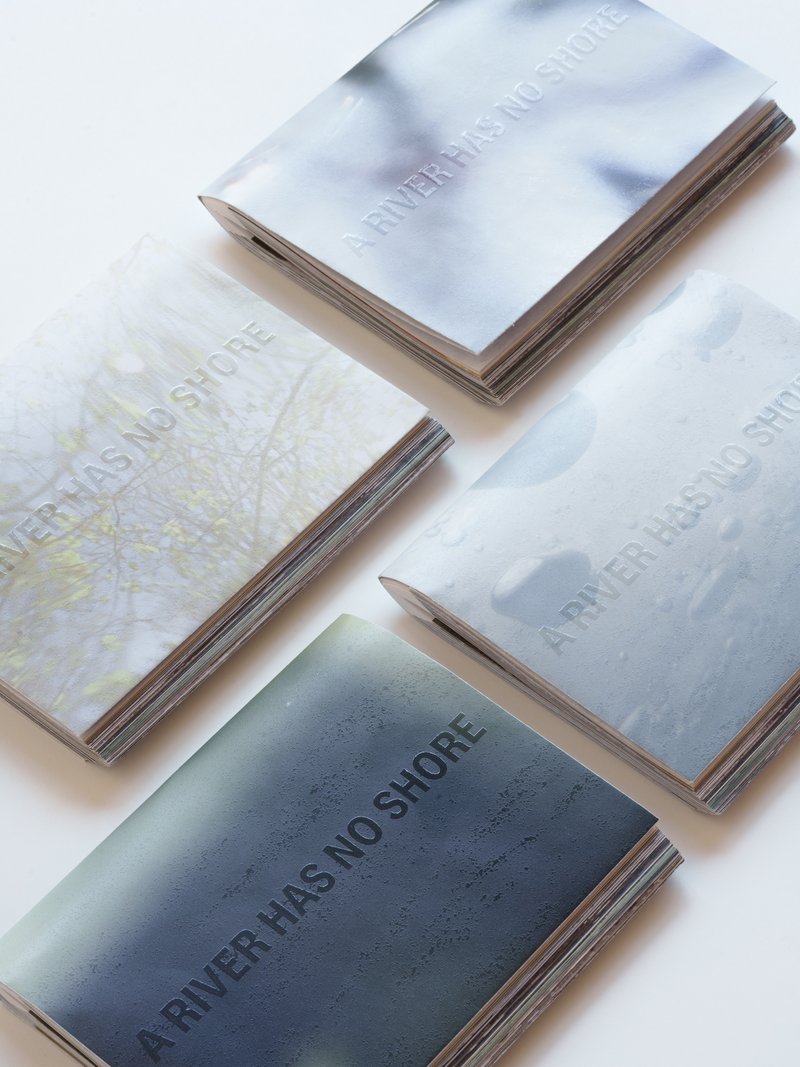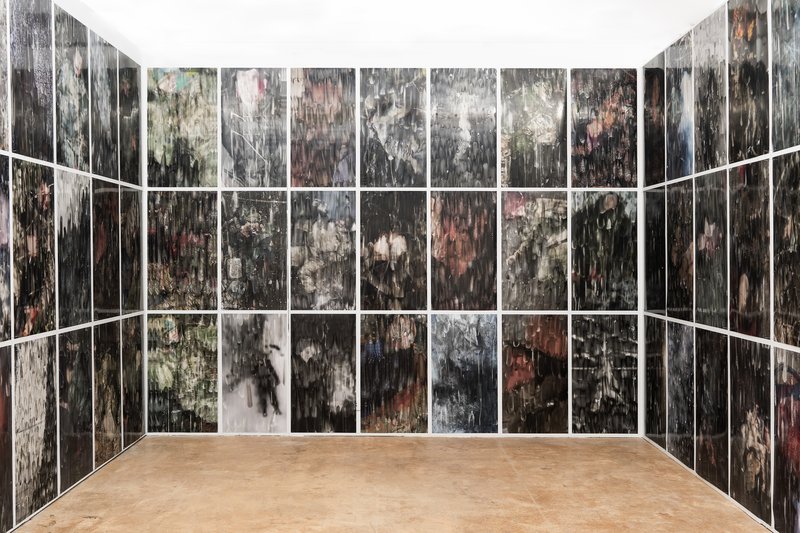What does a global city look like? Over the course of one week, thirteen students of the newly-launched Master in Photography program at ECAL/ University of Art and Design of Lausanne, Switzerland were invited by Lorenzo Vitturi to explore London.
The city’s diversity makes it unique as a global capital of the arts, economics, scientific and technological research and developments. 37% of the city’s inhabitants were born outsidethe UK, the highest foreign-born population of any city in the world with over 300 languages spoken. London is the contemporary Babel. Each student was assigned a different area of London in orderto engage with, observe and discover the diversity and specificities of various different cultures, contexts and realities. The work presented here is the result of three intensive days of shooting, one night of editing, one day of printing, endingwith a performative presentation during Offprint at Tate Modern, where the images are combined and sequenced in order to reveal a new vision of London.
During Offprint, our thirteen students transform into merchants,lowering their prices as the evening approaches to aid in a successful sale, advising their customers not to combine still-lifes with portraits, or not to place studio-lighting next to natural light etc.
















